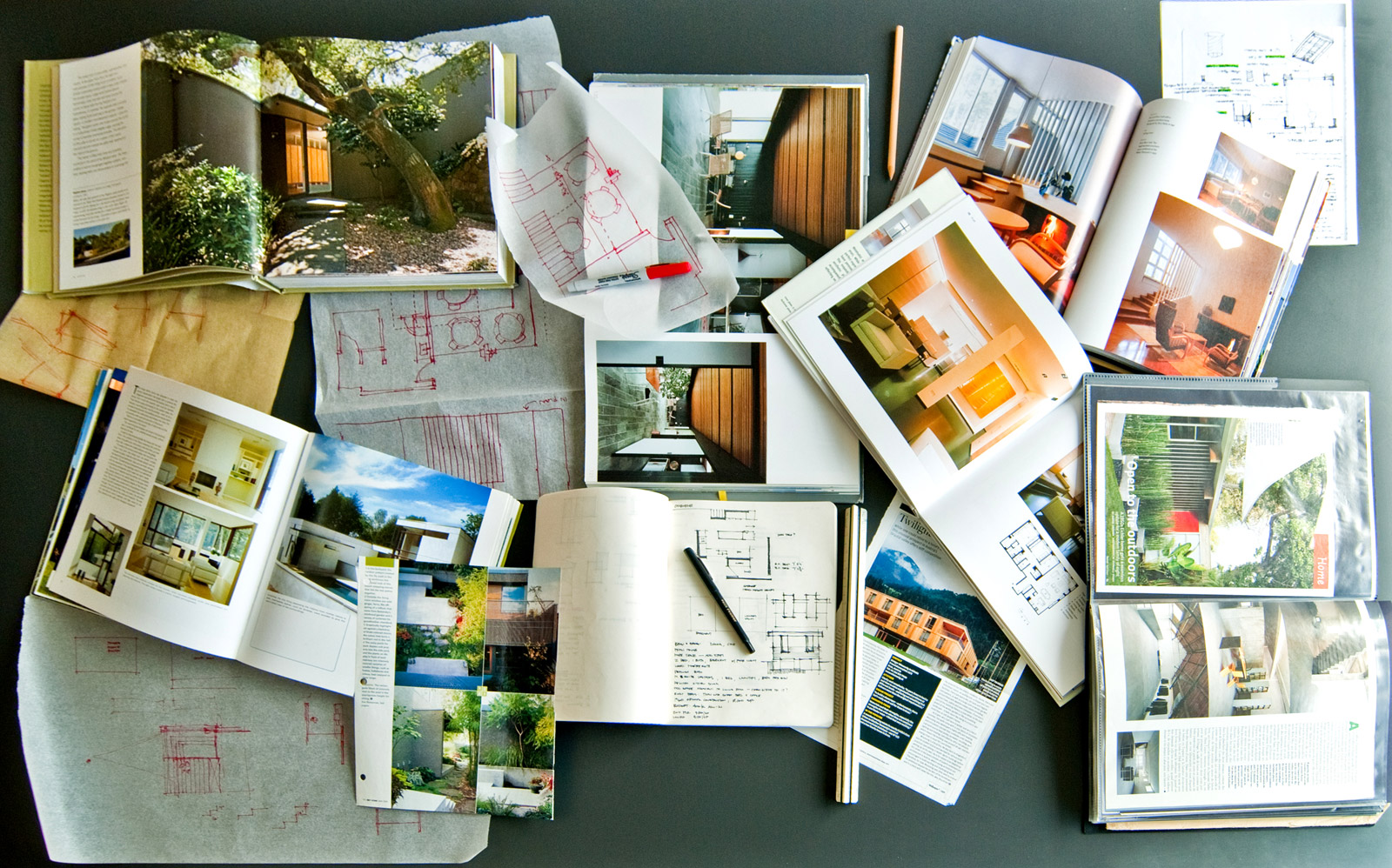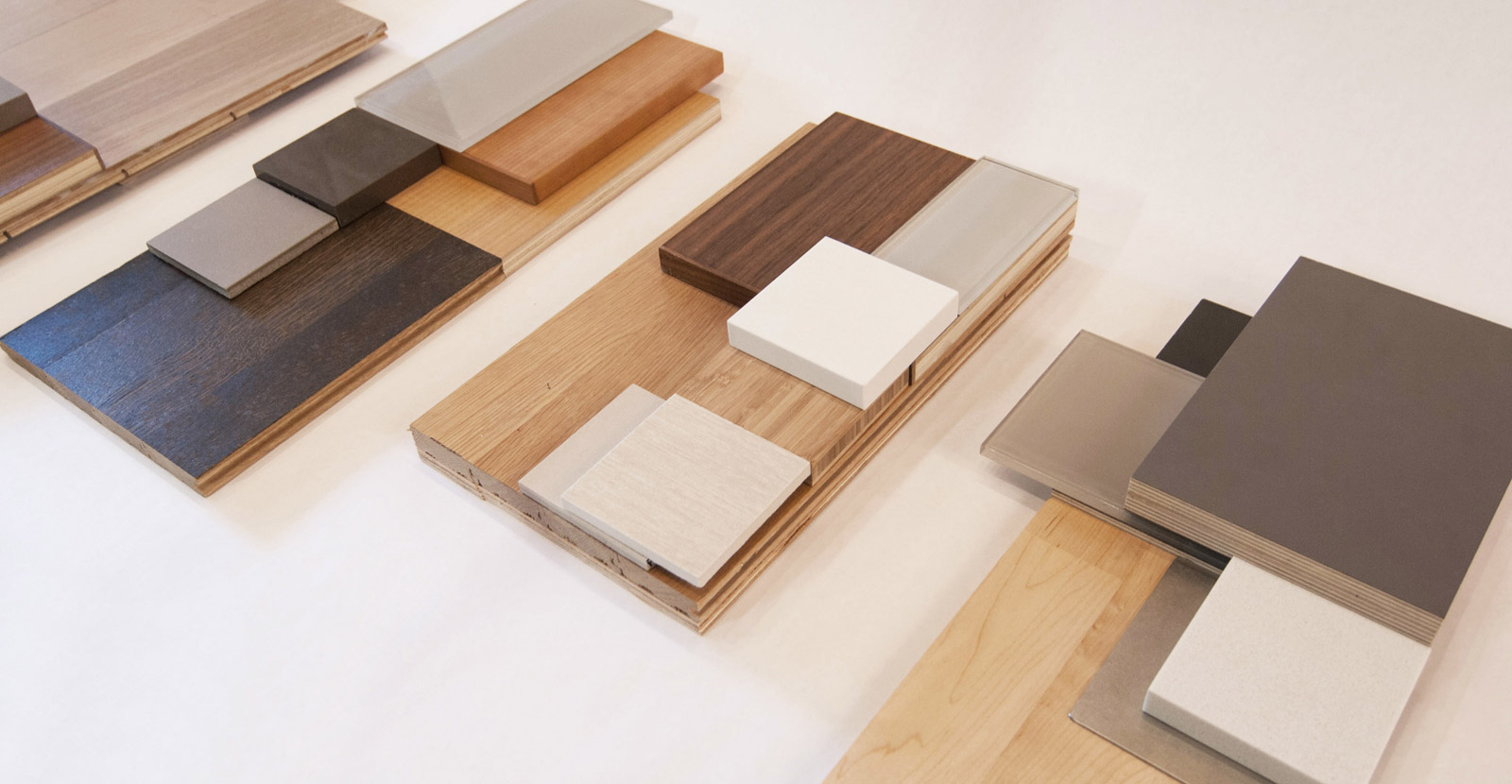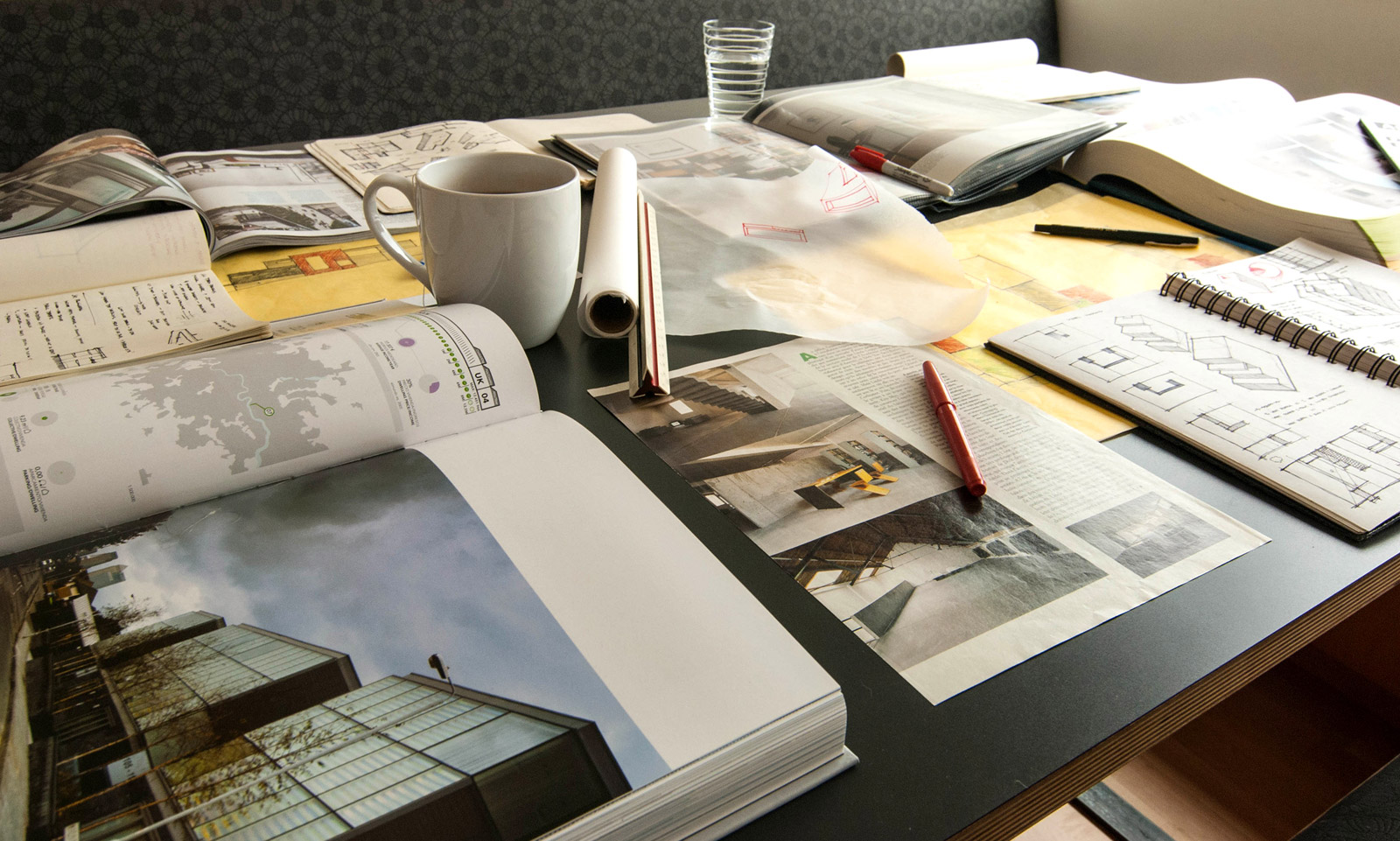
[All photos by BUILD LLC]
The role of an architect is broad and varied, and while most people understand the ultimate product of hiring an architect, grasping the myriad things an architect does to arrive at that product is more involved. Several years ago, we documented the steps an architect undertakes to work with clients, coordinate with consultants, and produce a design ready for construction. The post presents a thorough description of what is required of the design and permitting process, and it remains our go-to guide for educating people on the how-to of the design process. Over the years, however, we’ve found a few additional items that take client relations from good to great. Each of these 5 ingredients isn’t necessarily required of the design process, but an exceptional project wouldn’t be complete without them.
1. Filter choices down for clients. If you’ve been to a design showroom in the last several years you’re familiar with the overwhelming number of choices in the design world, whether it’s kitchen faucets or bathroom tiles. Some clients love going to showrooms and seeing all of the available options, but more often than not, we find that clients appreciate the curating services of a good design team. Most home and business owners are busy people and the last thing they have bandwidth for at the end of a long day is deciding between 75 different tiles. An architect with a good familiarity of the industry and a knowledge of the current products on the market should be able to edit the options down to just a handful — enough to allow for different possibilities with the materials palette but not so many as to produce decision paralysis. We also find it useful to have our #1 pick for just about everything. That way, if the owners want to simply sit back and save their decision making bandwidth for other areas of the design process, they don’t need to worry about regretting their decisions or second guessing themselves. Filtering the choices down for clients saves them time and provides piece of mind.

2. Protect clients from extraneous costs. An important (and often overlooked) role of an architect is the negotiating necessary to get a project permitted and built for a reasonable cost. For a new project, it’s not uncommon for the building department to apply a variety of permit fees and construction costs to a project. It’s part of the architect’s job to navigate through the requirements, figure out which fees and costs are actually applicable, and appropriately negotiate with the building department. Such costs can range from a jurisdiction’s request to replace sidewalks, repair city sewer lines, comply with additional special inspections, submit a master use permit, and so on. Sometimes these items are simply a product of the automated systems building departments use to process permits, other times it can be proven that it is the responsibility of the jurisdiction to pay for the work. Whatever the case, sorting through the requirements and sitting down at the table with the building department helps everyone get clarity around a project and can often produce economical results. The same holds true for general contractors, sub-contractors, and anyone else who has a financial interest in the project.
3. Prioritize the budget. For most clients, a home or business is one of their most important assets in life. While the function, aesthetics, and quality of experience are all important aspects of a project, at the end of the day, cash is king. Each design meeting should conclude with a summary of the target budget which should include discussion about any modifications within the design meeting that may have an effect on the project costs. Pairing the design with the associated costs at each meeting may sometimes feel like raining on the parade, but as we like to say, surprises in design are cheap compared to surprises in construction.
4. Send clients home with a tidy package of useful information. Most design meetings involve dozens of drawing sheets, stacks of renderings, impromptu sketches, rolls of trace, and the doodle that someone did on that sticky. By the time most architects wrap up a productive design meeting, the conference table looks like a war zone — one in which ugly was defeated. We find it helpful to have a copy of everything pre-collated and neatly packaged up ready to accompany the clients home. That way they don’t have to wait around while the design team reassembles the set, transfers notes and turns chaos into order. It’s also handy to have the entire presentation in PDF booklet form ready to be emailed if the clients prefer. Being organized and tidy at the granular level demonstrates how the architects work and run their jobs at the macro level.

5. Provide finished photos to the clients. At the end of a successful project, one of our rewards is photographing the finished product. It’s a satisfying way to reflect on the project, learn from the process and capture the hard work and talent of everyone involved. Whether a design team enjoys taking the photos themselves or prefers to hire the photography out, seeing the finished images is always a delight. Providing a full portfolio of finished project photos is also a great way to honor clients as they’re anxious to share the results with friends and family.
That’s our top 5. There are many others, and we’re always open to suggestions, so hit that comments button below.
Cheers from team BUILD





